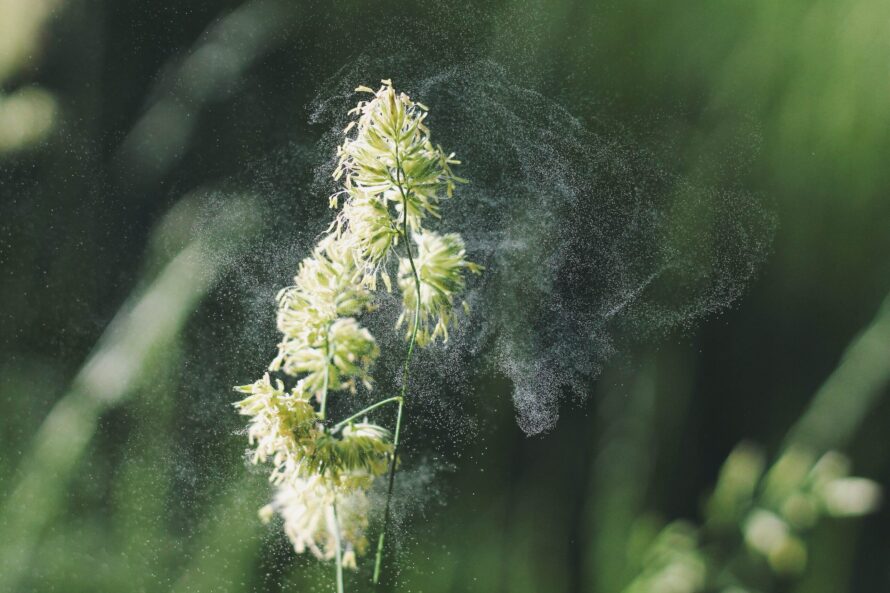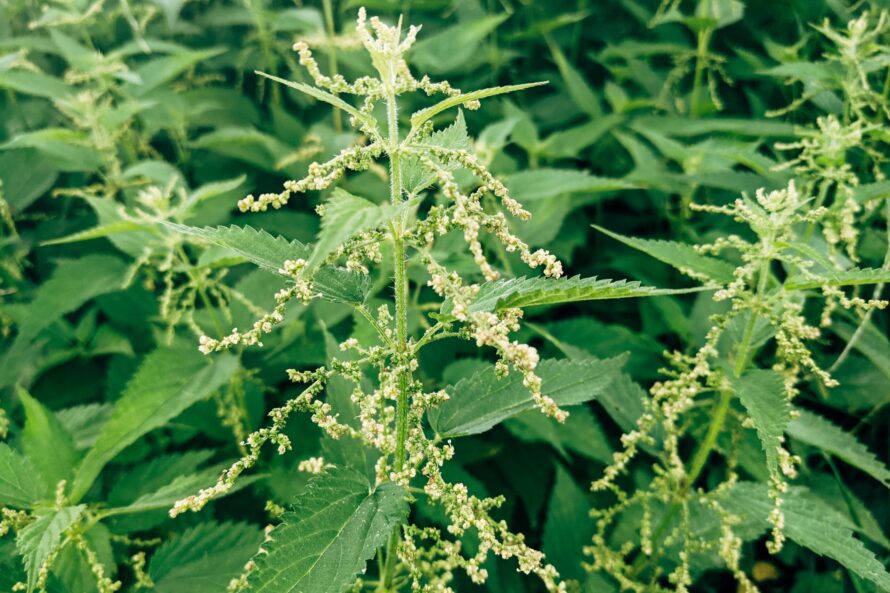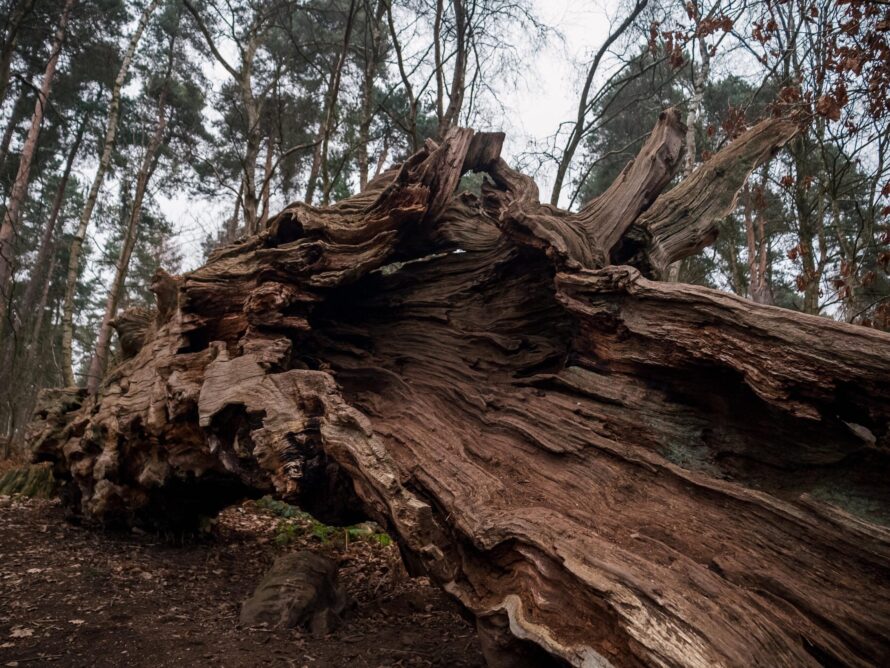Rudloe Wombles Recognised by Wiltshire Council and idverde for Community Impact
The Rudloe Wombles litter-picking group has been formally recognised by Wiltshire Council and idverde for their significant contribution to the Box Parish community.
Grounds Maintenance, Landscape Creation, Arboriculture, Sports Surfacing, Parks management, IOS Managing Safely Training, Ecology & Biodiversity, Grass cutting, Horticulture, Street Cleaning, Soft Landscaping, Hard Landscaping
idverde provides a wide range of green services, including grounds maintenance, landscape creation, and advice services, to both private and public sectors across the UK.
‘Pollinator friendly’ is a term that anyone involved in horticulture and land management is familiar with – indeed, it’s now widely used across both professional and domestic planting. If you’re involved as a designer, landscaper, maintainer or tending your own garden, you’ve probably seen the term crop up on anything from a large-scale development to a packet of garden-centre seeds.
So, what does ‘pollinator friendly’ actually mean?
Like all nature-based industry language, there’s more complexity to this than meets the eye, so we’ll start with defining pollen and nectar, and explaining why they are important.
Pollen is the dusty, sticky residue found inside the male part of a flower – the stamen. This residue fertilises the female parts of the flower. Pollen is essential to plant reproduction and survival at a population level in most plant species. Pollinators are those vehicles that inadvertently transfer pollen between plants, allowing this reproduction to take place. Pollinators may use pollen in a variety of ways for their own needs: a queen bumblebee uses the protein-rich pollen to kick start her ovaries post-hibernation so that she can start producing huge numbers of eggs. Many other species also use pollen to feed their offspring. It’s important to note that not all flowers are equal when it comes to the quality of pollen for feeding.


Nectar is essentially sugar – an energy-rich carbohydrate. For small animals which use a lot of energy flying and breeding, carb loading is important. So, nectar is food for the adult versions of the pollinators you see buzzing around flowers.
And of course, pollinators play a vital role in the ecosystem health. In fact, pollinators are worth around £690 million per to the UK crop sector – approximately one third of our food is reliant upon pollinators. There are some interesting stats too – for example, red mason bees are 120 times more efficient at pollinating apples than domestic honey bees. Which is why we worry about the fact that over 50% of the UK’s ~260 wild bee species have declined since 1970 – including two bumblebee extinctions.
Bearing all this in mind, It may seem surprising that there is no formal benchmark for what constitutes ‘pollinator friendliness’. So, to better understand, we first need to get to grips with the types and needs of our pollinators.
Pollinators are species of animal which move pollen from one flower to another. Globally, this includes species from most terrestrial animal groups, including mammals and reptiles.
When we refer to pollinators in the UK we tend to mean the roughly 1500 species of insect species which pollinate around 80% of our plants. At this point, people often conjure up images of bees and butterflies. In reality, while wild bees are important pollinators, these insects only make up around 20% of our pollinating insect species.
Primary pollinator groups in the UK also include moths, wasps, hoverflies, beetles and other fly species. This is a challenge – how can we ensure that we are friendly to 1500 species, each with their own specific set of ecological requirements and range distributions?
To put this into perspective, Insects have multi-stage life cycles, usually involving an egg hatching into larvae which then transitions into an adult. For this to take place, you need adults, a means of adults being able to meet, species-appropriate egg laying sites, species-appropriate food for adults, species-appropriate food for larvae, habitat for the food, habitat to survive winter and for all of these to be available either all year round or at least at the right time of year for 1500 different species.
Suddenly, the picture is more complex than providing some sugar-rich flowers.
Many pollinator species have very specific plant requirements for a successful life cycle. This is because they have co-evolved with specific plant species. While nectar is nectar and pollen is pollen irrespective of where the plant comes from, when it comes to egg laying and larval food, many of our pollinators have particular needs.
Let’s look at butterflies and moths as an example of this. The majority of British butterfly and moth species need certain plants for egg laying. For example, the brown hairstreak butterfly requires blackthorn for egg laying and caterpillar feeding. Adult brown hairstreaks can exploit many species of plant for nectar but – as many human parents know – offspring are much fussier. White admirals require English honeysuckle, red admirals need nettles and so the list goes on. Some species, like the holly blue whose egg laying and larvae can exploit holly, bramble, dogwood and gorse, are more generalist in their needs.

So it’s clear to see that when the focus of a pollinator-friendly approach is solely on pollen and nectar we miss a critical part of the picture.
Nectar feeds adults, and pollen feeds the larvae of a small proportion of species but what of the egg laying and larval phases? These are often neglected, and without the right egg-laying conditions, the species can’t progress.
To cater for this part of the life cycle we must plant native species which cater to their requirements at this early stage. This means a more holistic approach including habitat creation, habitat management and plant species selection. This applies everywhere, from the tiny urban garden all the way up to landscape level connectivity.

And what of winter? These animals don’t appear in a puff of smoke each spring – they have to survive the winter first. For species which don’t migrate, this requires habitats that will allow the egg, the larvae, a cocoon or an adult to survive the winter. Often this is within dead woody stems of plants, underground, in deadwood or hidden away deep in the tangle of winter vegetation. And of course, these are the very things that we tend to tidy up each autumn and winter – from nature’s perspective, tidiness usually means destruction.
So, providing a pollinator-friendly landscape takes more thought than growing a few sunflowers. But taking those extra steps are not that much more time-consuming and reap a huge reward – even in the smallest space.
Of course, it is unrealistic to expect everyone – or even anyone – involved in planting, growing, landscape design and maintenance to be experts in all the species their work affects. But to be truly pollinator friendly we need to take a holistic approach, including:
The Royal Horticultural Society has demonstrated an admirable commitment to promoting the use of pollinator friendly plants through its Plants For Pollinators (formerly Perfect For Pollinators) scheme which seeks to create a database of pollinator-friendly plant species, both native and exotic. This is now seen as the go-to resource and source of credibility for anyone promoting their pollinator credentials. The species on this list qualify largely based upon a plant’s pollen and nectar resources, so make sure you supplement this with research into egg laying and larvae requirements and winter habitats. Then, you are genuinely helping those species to thrive.